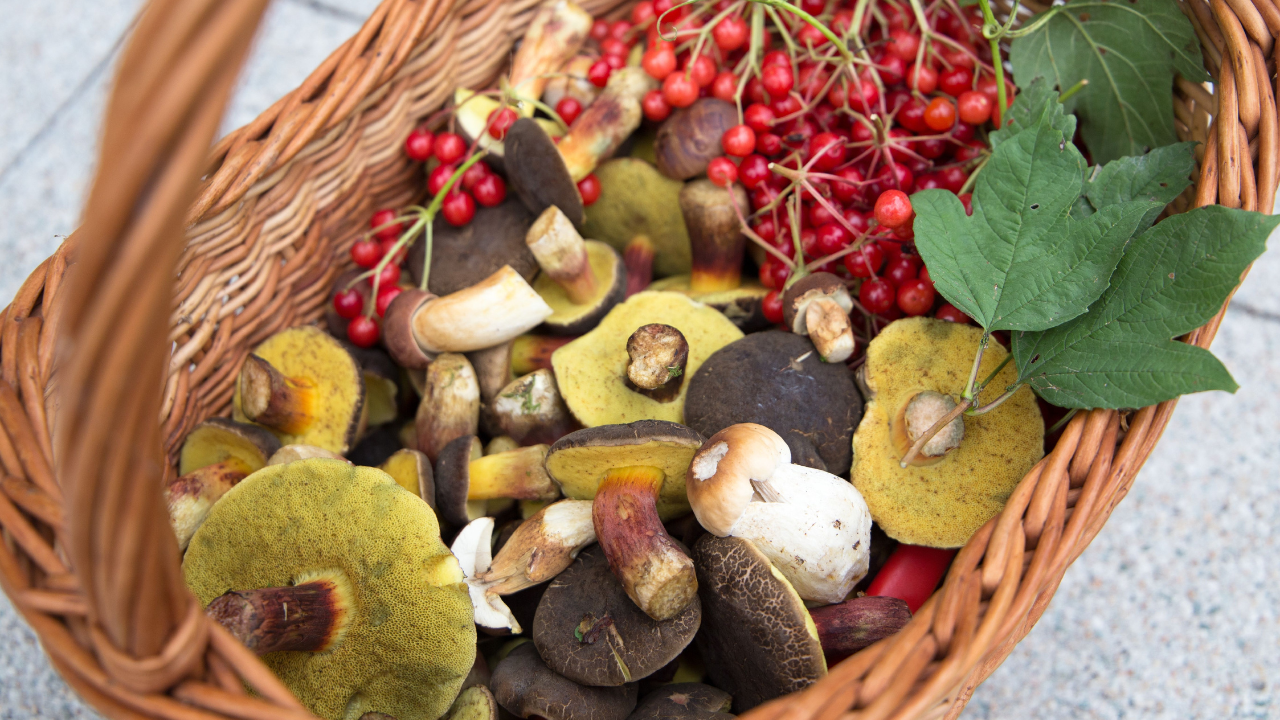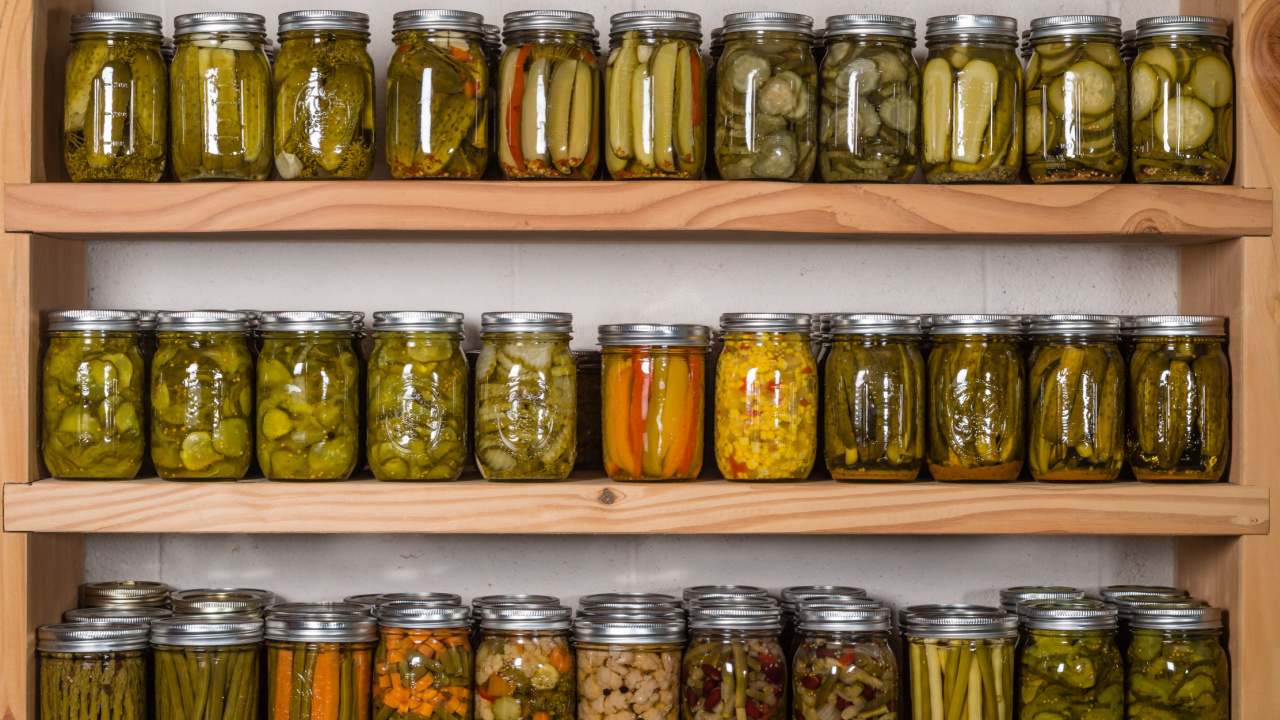In an emergency, finding food in the city might seem tough, but nature has plenty of resources if you know where to look. Learn to spot these free foods to be better prepared for any urban survival scenario. Even with a good stockpile at home, if you’re in a city, it’s likely your green space is limited, so you’ll struggle to grow your own food, which means you’ll need to forage supplemental fresh food often.
1) Dandelion

Don’t overlook this common weed—it’s entirely edible. From the fluffy yellow flowers to the slightly bitter greens and even the roots, dandelions can be found in almost any grassy area in the city. They are packed with vitamins and can be eaten raw or cooked.
2) Plantain Leaves

This weed grows in cracks in the pavement and is easy to identify by its broad leaves. Plantain leaves can be used to heal wounds and are also edible. They’re tough, so they’re best eaten when young or cooked to soften them.
3) Nettles

Stinging nettles might seem scary, but they lose their sting when cooked. Nettles are highly nutritious and can often be found in damp areas of parks or near water. They must be cooked to be safe to eat, but they make a great spinach substitute.
4) Wild Garlic

Look for wild garlic near wooded areas in the spring. It smells like garlic and can be used just like garlic cloves in cooking. The leaves are the mildest part, but the bulbs are edible too.
5) Mulberries

Mulberry trees can often be found in urban parks or near old farmhouses in the city. The fruit looks a bit like blackberries and is sweet and juicy. Eat them raw or use them in recipes.
6) Rose Hips

These are the bright red fruits left after roses die off. High in vitamin C, rose hips can be found in many ornamental gardens and can be made into teas or jellies to boost immunity.
7) Blackberries

Blackberry bushes are common in overgrown areas. The berries are edible raw and are delicious in pies or jams. Just be sure to collect them from areas away from busy roads to avoid pollution.
8) Wild Onions

Similar to wild garlic, wild onions can be identified by their distinctive smell and taste. Found in undisturbed soil, often in parks or woodlands, they can add flavor to any dish.
9) Chicory

Chicory grows as a blue-flowered weed and its roots are famous as a coffee substitute. The leaves and flowers are also edible, offering a bitter taste that can add a kick to salads.
10) Acorns

Oak trees drop acorns in the fall, and they can be processed to make flour. While raw acorns contain tannins which are toxic, leaching them in water removes the tannins, making them safe to eat.
11) Purslane

This succulent weed can be found in moist garden beds and has a slight lemony flavor. It’s crunchy and works well in salads or as a cooked green. It’s also rich in Omega-3 fatty acids.
12) Pine Needles

Pine needles can be used to make a vitamin C-rich tea. Collect needles from clean areas, wash them thoroughly, and steep in hot water to make a healthful tea that can help prevent scurvy in survival situations.
13) Hawthorn Berries

Hawthorn trees produce small red berries that are common in urban landscapes. These berries can be eaten raw or cooked and are known for their heart health benefits. They make excellent jams or jellies and can be a good source of nutrition in emergencies.
14) Juniper Berries

Often found in ornamental gardens or park landscapes, juniper berries are a flavorful addition to meals. They must be used sparingly due to their strong taste and should be cooked before eating to avoid stomach upset. They are commonly used to flavor meats and stews.
15) Clover

Both red and white clover can be found in grassy areas throughout cities. The flowers, leaves, and roots are all edible, with the flowers having a sweet taste when raw. Clovers can be added to salads, brewed into tea, or used as garnish in various dishes.
16) Daylilies

Daylilies are often planted as ornamental plants but their flowers and tubers are edible. The buds and flowers can be eaten raw in salads, or cooked in soups and stir-fries. The tubers can be boiled and eaten like potatoes.
17) Burdock

This plant is easily recognizable by its large leaves and burrs that stick to clothing. Burdock root is very nutritious and can be cooked similar to potatoes or eaten raw. Its leaves can also be boiled and eaten.
18) Cattails

Commonly found near wetlands and in marshy areas of parks, cattails are a survivalist’s staple. Almost all parts of the cattail plant are edible. The roots can be processed into flour, and the young shoots can be eaten raw or cooked.
19) Elderberries

Elderberry bushes are often found in urban areas, and their berries are famous for their immune-boosting properties. However, they should only be eaten when cooked as raw elderberries can be toxic.
20) Crabapples

While tart, crabapples are edible and can be found in many ornamental gardens or public parks. They can be used to make jelly or cider and are a good source of nutrition when other foods might be scarce.
21) Linden Flowers

Linden trees, common in urban parks, produce fragrant flowers that can be harvested to make soothing teas. These flowers are not only pleasant in taste but are also reputed to have medicinal benefits, helping to reduce anxiety and promote relaxation.
22) Amaranth

This grain-producing weed can often be found in untended fields and vacant lots. The leaves, flowers, and seeds of amaranth are all edible. The seeds can be cooked like quinoa, and the leaves used like spinach.
23) Gooseberries

Gooseberry bushes can sometimes be found in wilder parts of urban areas and public gardens. The berries are tart and can be eaten raw or used in pies and jams. They are rich in Vitamin C and offer a good energy boost.
24) Ginkgo Nuts

Ginkgo trees are popular in city landscaping due to their resilience and distinctive leaves. The nuts inside the inedible fruit are a prized edible, especially in East Asian cuisine. They must be cooked to break down toxins.
25) Wild Asparagus

Wild asparagus grows in many temperate urban areas and can often be found along train tracks, fence lines, or in open fields. It appears early in the spring and can be cooked or eaten raw.
26) Sorrel

This leafy green has a sharp, lemony flavor and grows in meadows and grassy areas within city limits. Sorrel leaves can be eaten raw in salads, or cooked into soups and sauces to add a tangy flavor.
27) Wild Mustard

Sprouting up in disturbed soils, wild mustard plants are easy to identify by their yellow flowers. The leaves and flowers are edible, and the seeds can be used to make mustard paste, adding flavor to various dishes.
31 Ways to Boost Home Security: How to Fortify Your Fortress and Deter Burglars

We sadly live in a society where it’s all too common for criminals to want to take what we’ve worked hard to get. The results of a break-in are traumatic, too. Beyond just losing your stuff. Victims often feel violated, anxious, and unsafe, sometimes for years after the event.
Prevention is the best way to stay safe. And, while you shouldn’t have to turn your home into a fortress, that’s the stark reality of our world. But you can take plenty of simple steps to deter burglars and ensure your home is less attractive to would-be thieves.
25 Winter Foraging Foods to Save Money on Your Grocery Bill

With food prices going up by 15% from October 2021 to October 2023, finding ways to cut down your grocery bills is more important than ever. Winter foraging is an awesome way to add to your pantry for free. Yes, you get free food in the form of wild edibles, but it’s also fun for the whole family, gets you moving, and reconnects you with nature.
Even though foraging in winter seems hard compared to the bounty of late summer, there’s still plenty out there if you know where to look. Plus, if things do go south, you need to know how to get wild foods to survive when there are no old-world supplies to access.
23 Smart Ways to Preserve Food

Preserving food is an art as much as it is a science, tapping into our ancestral roots and addressing modern needs. Whether you’re looking to avoid waste, prepare for leaner times, or simply enjoy the fruits of your labor year-round, these 23 smart methods will guide you through. I’m a huge fan of preserving things I find on sale, gluts of produce from my homestead, or produce I’ve bartered with someone else.

